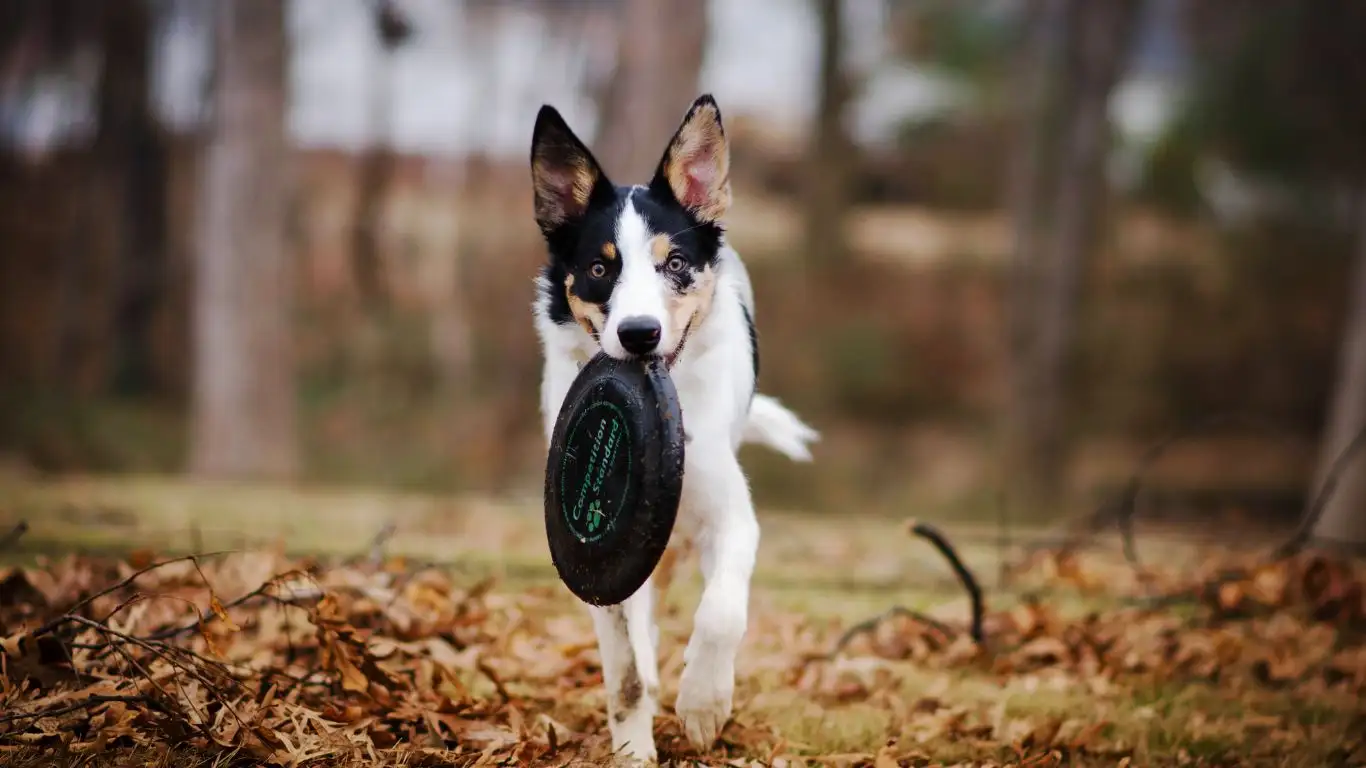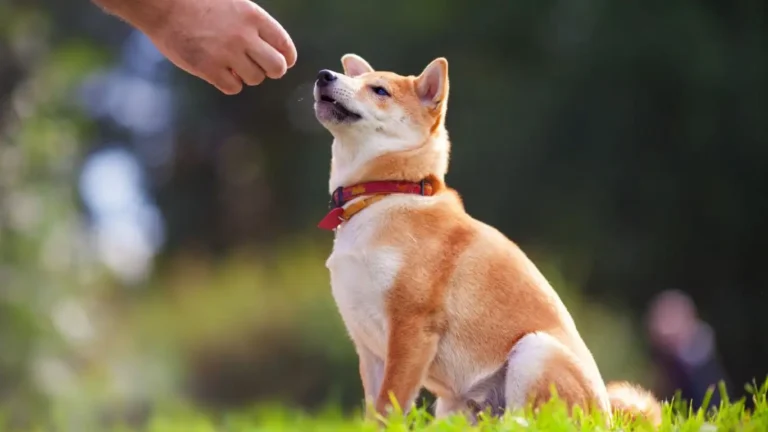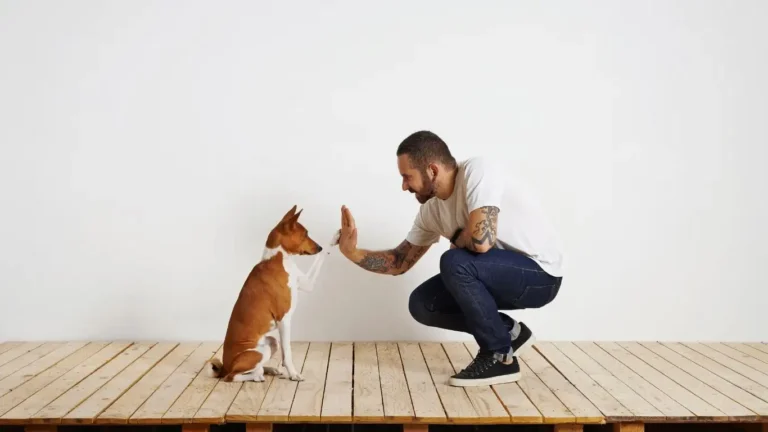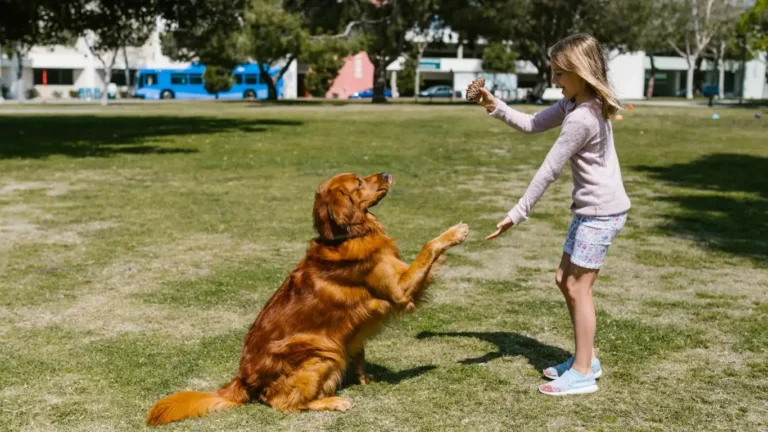Can Rheumatoid Arthritis Cause Hair Thinning? What You Should Know
Can rheumatoid arthritis cause hair thinning? This was a question that hit a little too close to home for me, not just because I work closely with people dealing with chronic health conditions, but because one of my therapy dog clients—a sweet older woman named Marsha—opened up about how her RA diagnosis wasn’t just causing her joint pain. She confided in me that clumps of her hair were falling out, and it was starting to affect her confidence. As a Canine-Assisted Therapy Trainer, I’ve spent years watching how chronic illness impacts people emotionally and physically. What surprised me was just how often people linked their autoimmune symptoms to changes in their hair—and how little this connection is talked about.
What’s the Link Between Rheumatoid Arthritis and Hair Thinning?
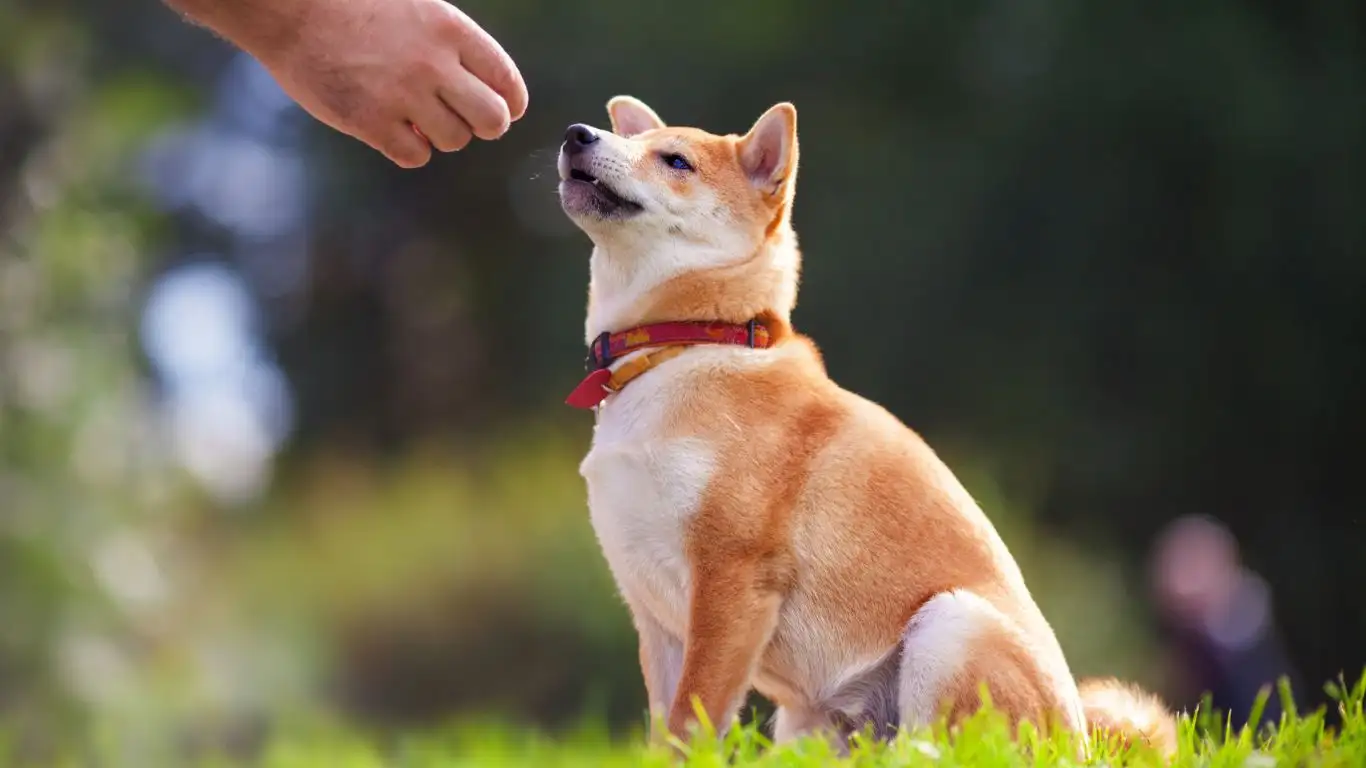
Rheumatoid arthritis (RA) is already a tough diagnosis—joint inflammation, fatigue, pain. But then throw in unexpected hair thinning, and it feels like insult on top of injury. So yes, to answer plainly: rheumatoid arthritis can absolutely cause hair thinning. But the why is a little more complicated, and it’s not always directly from the disease itself.
Here’s the thing—RA is an autoimmune disease, which means your body’s immune system is mistakenly attacking healthy tissue. That inflammation doesn’t just stay in your joints. It can affect your scalp, your hormones, and even the way your body absorbs nutrients. And when you’re under chronic stress from pain or your immune system is on constant overdrive? Your hair follicles notice.
RA Medications and Hair Loss: A Tough Trade-Off
One of the biggest culprits behind hair thinning in RA patients isn’t always the disease—it’s the treatment. I remember when Marsha told me about starting methotrexate, a common RA medication. Within weeks, she was seeing more hair on her brush than ever before. And sadly, that’s not unusual.
- Methotrexate: This is often the go-to drug for RA. It helps reduce inflammation, but it can also cause hair loss in some patients. That’s because it interferes with folate metabolism—folate being a vitamin that helps with hair growth.
- Biologics: These newer medications work differently, but some people still report hair thinning as a side effect, especially during the first few months of treatment.
- NSAIDs & Steroids: While they’re not the main suspects, long-term use can impact hormonal balance or nutrient absorption, which plays into the hair game too.
It’s a frustrating cycle. You’re trying to manage your RA symptoms with meds, but those same meds can leave you feeling self-conscious about your appearance. Trust me, when you’re training a therapy dog to work with someone who’s struggling emotionally, you start noticing how much these “small” things weigh people down.
Is It the RA or Something Else?

Let’s be real—just because someone has RA doesn’t automatically mean their hair loss is from RA. There’s a mix of other factors that can pile on:
- Stress: Chronic pain and constant flare-ups are mentally exhausting. That stress alone can push hair into the “resting” phase, causing noticeable shedding. Ever heard of telogen effluvium? That’s when emotional or physical stress messes with your normal hair cycle.
- Nutrition: If you’ve ever dealt with someone on long-term medication or with limited mobility, you know how nutrition can fall by the wayside. Low iron, vitamin D deficiency, even not getting enough protein—all of these play a role in hair health.
- Hormonal Changes: Especially in women, autoimmune disorders like RA can throw hormones off balance. And your hair is super sensitive to hormonal shifts. Think postpartum shedding, only stretched out and recurring.
Working in the therapy world, especially with canine-assisted sessions, you start connecting dots others might miss. I’ve seen firsthand how confidence dips when someone feels like their body is betraying them—whether it’s stiff hands that make it hard to hold a leash, or hair loss that makes them want to cancel sessions altogether.
So, What Can You Do About It?
First off, don’t panic. I always remind my clients: hair grows back. It really does. And there are steps you can take to minimize the fallout—both literally and emotionally.
- Talk to your rheumatologist: They might adjust your meds, or recommend supplements like folic acid alongside methotrexate.
- Support your scalp: Gentle hair care, scalp massages, avoiding tight hairstyles—these small habits help more than you’d think.
- Nutrition boost: Focus on iron-rich foods, omega-3s, and plenty of water. Hair health starts from the inside.
And honestly? If you’re working with a therapy dog, don’t underestimate how much emotional support they provide. There’s something powerful about brushing a dog, bonding with them, and just sitting in silence with a non-judgmental companion when you’re feeling a little less like yourself. I’ve watched clients light up over these tiny moments—and that emotional reset can do wonders.
The Emotional Side of Hair Thinning and Chronic Illness
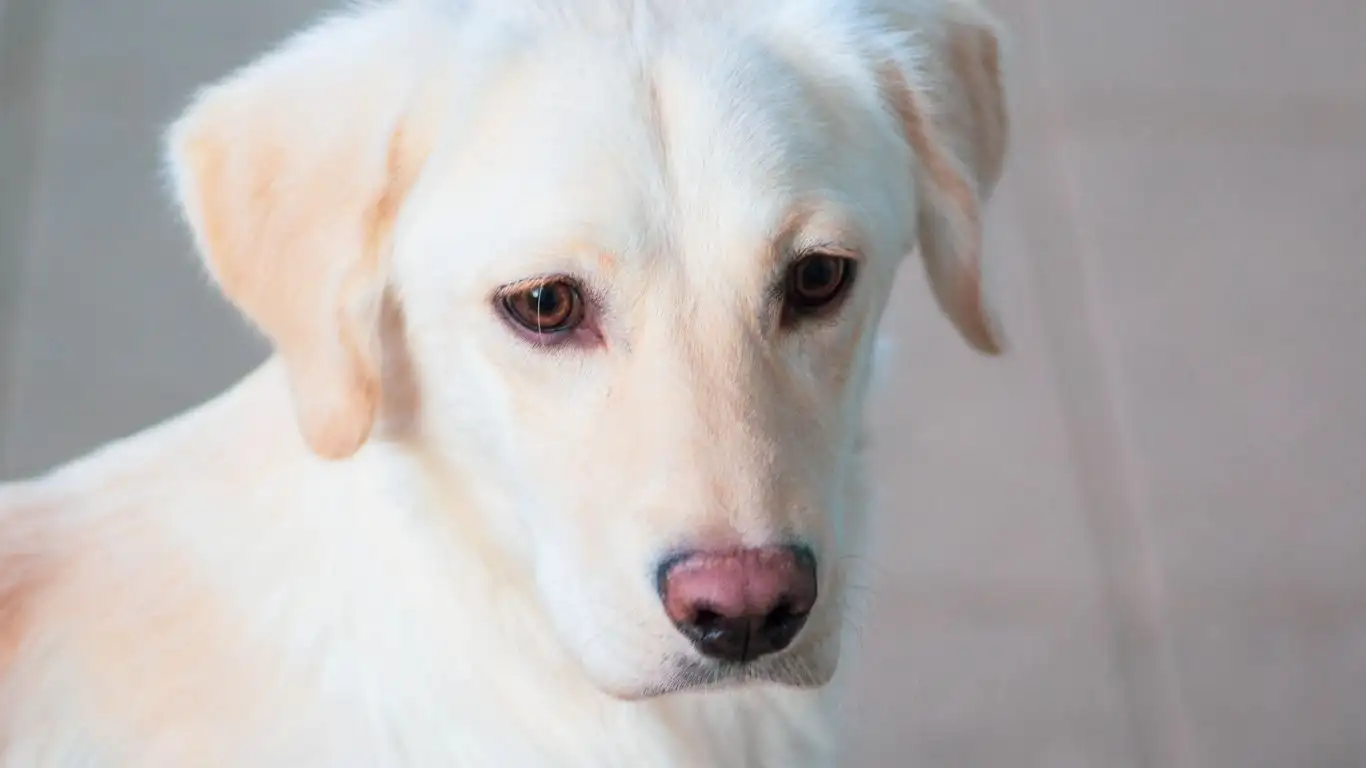
This part’s personal. Hair loss may seem cosmetic to outsiders, but if you’ve been through it—or watched someone you care about face it—you know better. It’s identity, it’s self-esteem, and sometimes it’s the final straw in a long list of things that RA has taken away. Helping clients navigate that emotional fallout is something I take seriously. Whether it’s through gentle encouragement or tailoring therapy sessions to rebuild confidence, we address the emotional toll as much as the physical one.
When to Be Concerned: Hair Loss That Signals More Than RA

Now, while it’s true that rheumatoid arthritis can cause hair thinning, sometimes that hair loss might be pointing to something else brewing beneath the surface. I always tell my clients—especially the ones who start noticing major hair changes—don’t just chalk it up to RA right away. Your body has a way of waving red flags when something’s off, and hair loss can be one of them.
There was one client, a retired schoolteacher named Doreen, who came into our sessions with her golden retriever, Jasper. She mentioned her hair was falling out in small patches, not just overall thinning. That raised my eyebrows. As much as I love dogs and training, I’ve picked up a bit of health intuition over the years just from listening. I encouraged her to bring it up with her doctor, and guess what? It turned out she had a secondary autoimmune condition—alopecia areata—on top of her RA.
So how do you know when hair thinning is something more?
- Patchy bald spots – This can sometimes point to alopecia or even fungal infections.
- Sudden, drastic shedding – Like, going from full volume to visible scalp in a few weeks. That’s not typical for slow-progressing RA-related hair thinning.
- Changes in nail texture or skin rashes – These extra symptoms might hint at other autoimmune overlap, like lupus or thyroid disorders.
Bottom line: listen to your body. And when in doubt, ask your care team. Rheumatologists, dermatologists, and even nutritionists can all work together to get a clearer picture.
Can Stress Make It Worse? (Spoiler: Yes)

Okay, let’s talk about the sneaky villain in all this: stress. Chronic stress doesn’t just impact your mood—it can mess with your hormones, your immune system, and yep, even your hair growth cycle. It’s like your body goes into “uh-oh mode” and pauses all non-essential functions, including growing new hair. And honestly? Living with a condition like RA is a stress-fest in itself.
I’ve seen it again and again. People dealing with flare-ups, medication changes, or even just the emotional toll of chronic pain—they start to feel run down, and their hair pays the price. One client, Elena, told me she started keeping a stress journal during her therapy dog visits. Turns out her worst shedding episodes always followed a major life stressor—an argument, a work crisis, even just a tough night of pain and poor sleep.
How Can You Break the Cycle?
It might sound a little cliché, but managing stress really can help. And no, that doesn’t mean you need to book a luxury retreat or start meditating for two hours a day (unless you want to!). Sometimes the smallest shifts make the biggest difference.
- Canine-Assisted Therapy: Yep, dogs again. Spending time with a trained therapy dog can lower cortisol levels, reduce anxiety, and give you that much-needed sense of comfort and calm.
- Daily movement: Even gentle stretching or short walks can ease joint stiffness and clear mental cobwebs. Plus, movement boosts circulation, which supports scalp health.
- Sleep hygiene: RA pain often messes with sleep, but quality rest is key to healing—inside and out. Good sleep supports immune balance and hair growth.
Sometimes, during sessions, I’ll suggest brushing the therapy dog as a relaxing activity. Clients don’t even realize they’re doing something therapeutic. But that rhythm, that calm presence, and the focus on something soft and non-judgmental? It grounds them. And when your nervous system is calm, your body can shift back into repair mode.
What the Research Says About RA and Hair Thinning
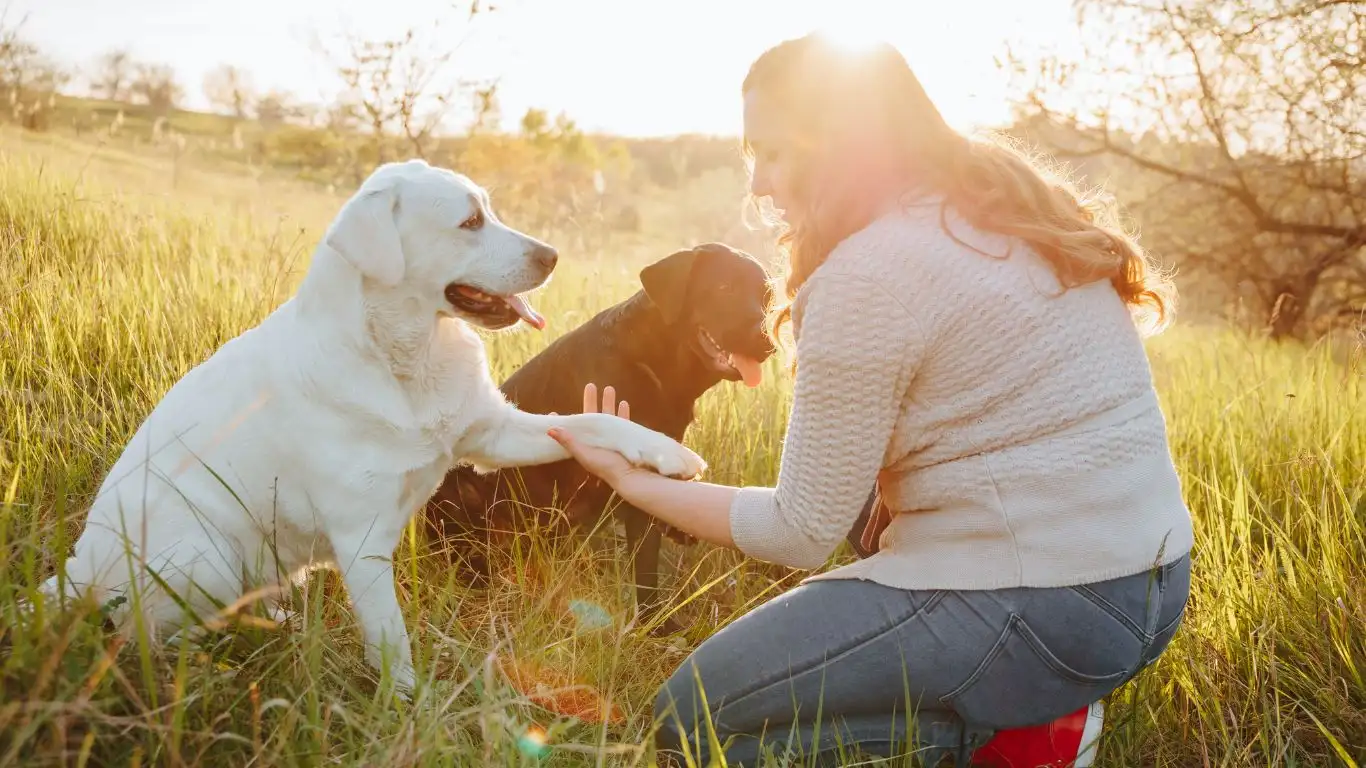
Okay, let’s zoom out and look at the science a bit—because anecdotal evidence is powerful, but so is research. Studies have increasingly shown that autoimmune diseases, including rheumatoid arthritis, are linked to changes in the hair growth cycle.
Here’s what researchers have found:
- Inflammation impacts hair follicles: Chronic systemic inflammation can disrupt the normal growth-rest-shed cycle of hair.
- Cytokines (inflammatory proteins) play a role: These little chemical messengers, which are elevated in RA, have been shown to interfere with hair follicle function.
- Medication side effects are real: While methotrexate gets most of the blame, other DMARDs (disease-modifying antirheumatic drugs) have also been linked to hair thinning in certain individuals.
What’s encouraging, though, is that hair loss related to RA is often not permanent. Once inflammation is under control and your body finds a new balance, many people see regrowth. And while there’s no magic fix, there are plenty of supportive therapies that can help promote healthy hair.
Helpful Habits That Make a Difference
Over the years, I’ve seen clients try just about everything—from biotin gummies to scalp massages—and while not every method works for everyone, here are a few common threads:
- Stay consistent with RA treatment: Keeping inflammation at bay is the first step to supporting healthy hair.
- Supplement smart: With your doctor’s okay, supplements like biotin, folic acid, iron, and omega-3s may help. Just don’t overdo it—more isn’t always better.
- Be gentle: Avoid tight hairstyles, harsh chemicals, and excessive brushing. Think of your hair like a healing thing—it needs TLC.
- Lean into support: Whether it’s a support group, a therapy dog, or just a trusted friend, talking through the emotional impact matters.
One client I worked with created a little mantra for herself: “My hair is not my worth.” It might sound cheesy, but it helped her detach from the panic and focus on her health journey. I still remember the first day she walked in with a soft scarf tied around her head and the biggest smile because she felt seen and supported. And isn’t that what it’s all about?
Empowering Yourself Through Education and Support
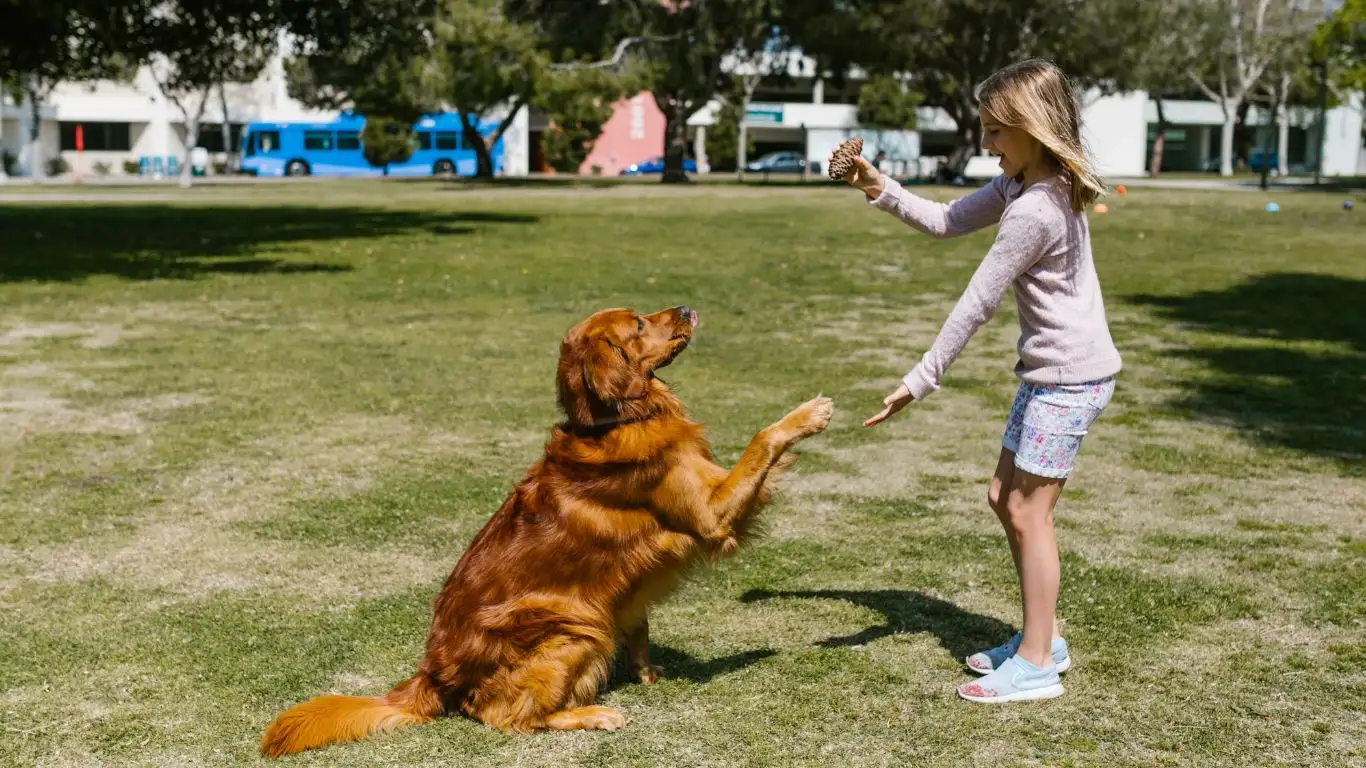
By now, you probably get it—can rheumatoid arthritis cause hair thinning? Absolutely. But more importantly, now you know how layered the issue really is. And here’s the thing I remind all my clients—you are not powerless in this process. Once you start understanding the reasons behind the hair loss, you’re in a way better position to do something about it.
For example, one of my long-time clients, Janine, turned her experience into a full-on wellness routine. Once we connected the dots between her medication, stress levels, and diet, she worked closely with her rheumatologist and added in small changes—a new anti-inflammatory meal plan, low-impact movement through dog-assisted agility sessions (yes, even RA clients can do that!), and daily scalp care. In six months, she saw noticeable hair regrowth. But what she valued most? Feeling in control again.
This is exactly where E-E-A-T principles matter—Expertise, Experience, Authoritativeness, and Trust. You want info from people who’ve walked the walk, backed up by science, and filtered through real-world application. That’s what I’ve tried to bring to the table, from both my professional lens and lived experience alongside my therapy dog clients.
Integrative Approaches That Support Hair and Joint Health
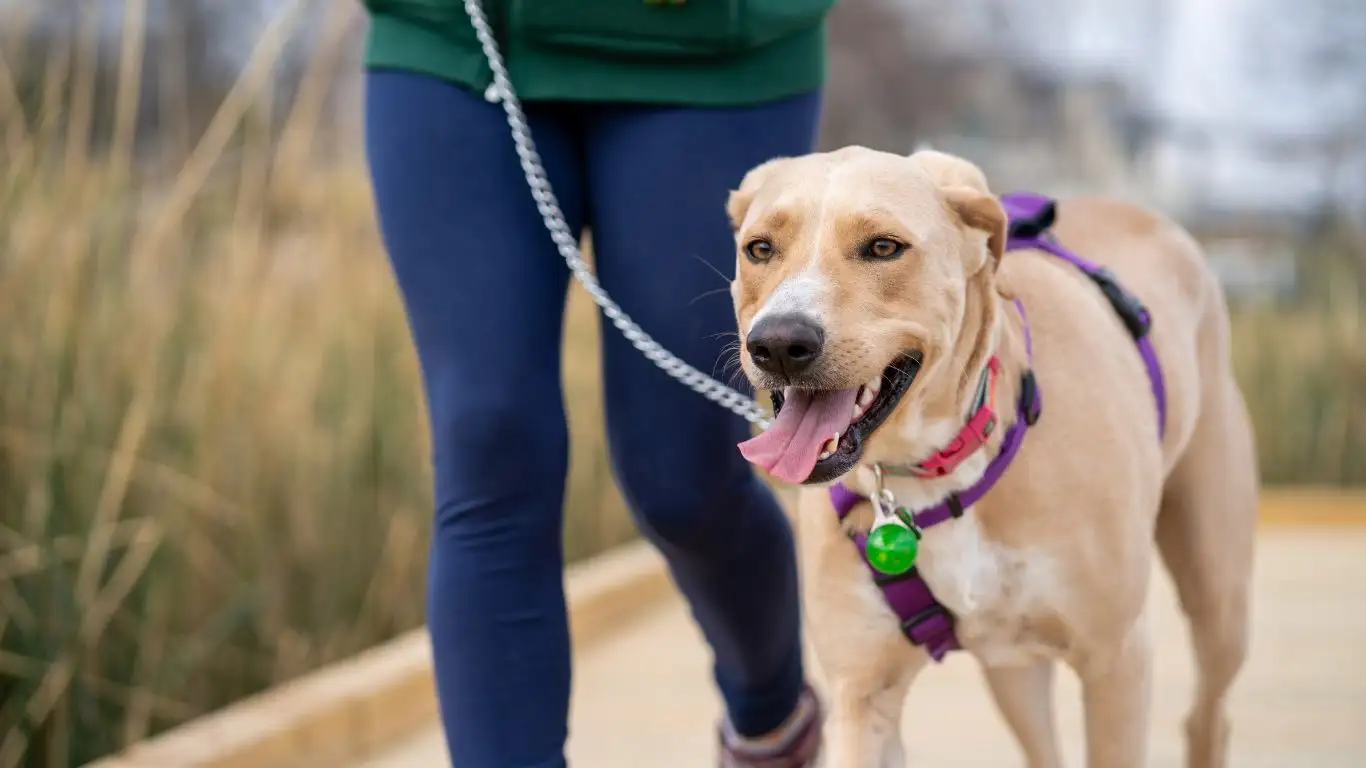
If you’re nodding your head and thinking, “Okay, but what else can I do?”—great question. While managing RA and its symptoms should always start with your medical team, there are a few holistic strategies worth considering that might support both your joints and your hair health.
Anti-Inflammatory Diets and Nutritional Tweaks
You’ve probably heard about anti-inflammatory eating before, but it really can make a difference when you’re dealing with RA. I’ve had clients who swear by incorporating foods like:
- Fatty fish like salmon or sardines – full of omega-3s that support joint and scalp health
- Leafy greens – rich in iron, folate, and antioxidants
- Nuts and seeds – especially flaxseed and walnuts, which support hormonal balance
Some people also benefit from temporarily cutting back on inflammatory triggers like sugar, processed foods, or gluten (if sensitive). Again, always talk to a registered dietitian or your rheumatologist first.
Gentle Hair Care That Doesn’t Add to the Problem
This is where I’ve seen people unintentionally make things worse. Using harsh shampoos, over-brushing, or heat styling damaged hair that was already fragile from internal inflammation? Not ideal. Instead:
- Use gentle, sulfate-free shampoo and avoid daily washes
- Let your hair air dry as much as possible
- Try light scalp massage to boost blood flow and promote follicle strength
Also, I can’t count how many clients have benefited from switching to satin pillowcases. Less friction = less breakage. And it feels kinda fancy, too.
The Role of Supplements (When Approved)
Not all supplements are created equal, and more isn’t always better. That said, with a doctor’s guidance, you might explore:
- Biotin – known to support hair and nail strength, but only if you’re actually deficient
- Folic acid – especially if you’re on methotrexate, which can deplete folate
- Iron and Vitamin D – two biggies that often fly under the radar in women with chronic illness
Again, don’t self-diagnose. It’s always best to run labs and get a customized approach based on trusted medical guidance.
Finding Emotional Balance Through Canine Connection
Look, I’m a huge believer in the mind-body connection. And sometimes, the most healing thing isn’t a supplement or a new shampoo—it’s companionship. That’s why I keep returning to the powerful role of therapy dogs.
When someone walks into one of our sessions and locks eyes with a calm, loving dog who doesn’t care if their hair is thinning or they’ve had a flare-up, it’s like a reset button gets pushed. Their heart rate slows. Their breathing evens out. They smile.
That emotional regulation spills over into physical wellness, too. Stress hormones drop, pain often becomes more manageable, and people start to feel less alone. It’s not magic—it’s biology and connection working together. And for anyone struggling with RA, that kind of support can be as healing as any prescription.
Signs You’re Moving in the Right Direction
Change takes time, especially when it comes to autoimmune conditions. But small victories add up. Here are some subtle (but powerful) signs you’re on the right path:
- Less shedding in the shower or on your pillowcase
- New baby hairs along your hairline (they look fuzzy at first!)
- Feeling stronger or more energetic in your daily routines
- Feeling less anxious when you look in the mirror
Don’t underestimate that last one. Your mental wellness matters, and hair loss—while often temporary—can take a toll. Give yourself some grace as you navigate it.
References
Disclaimer
This content is for informational purposes only and is not intended as a substitute for professional medical advice, diagnosis, or treatment. Always consult your physician or a qualified health provider with any questions you may have regarding a medical condition. As a Canine-Assisted Therapy Trainer, my perspective is informed by lived experience and client stories, not medical licensure.
